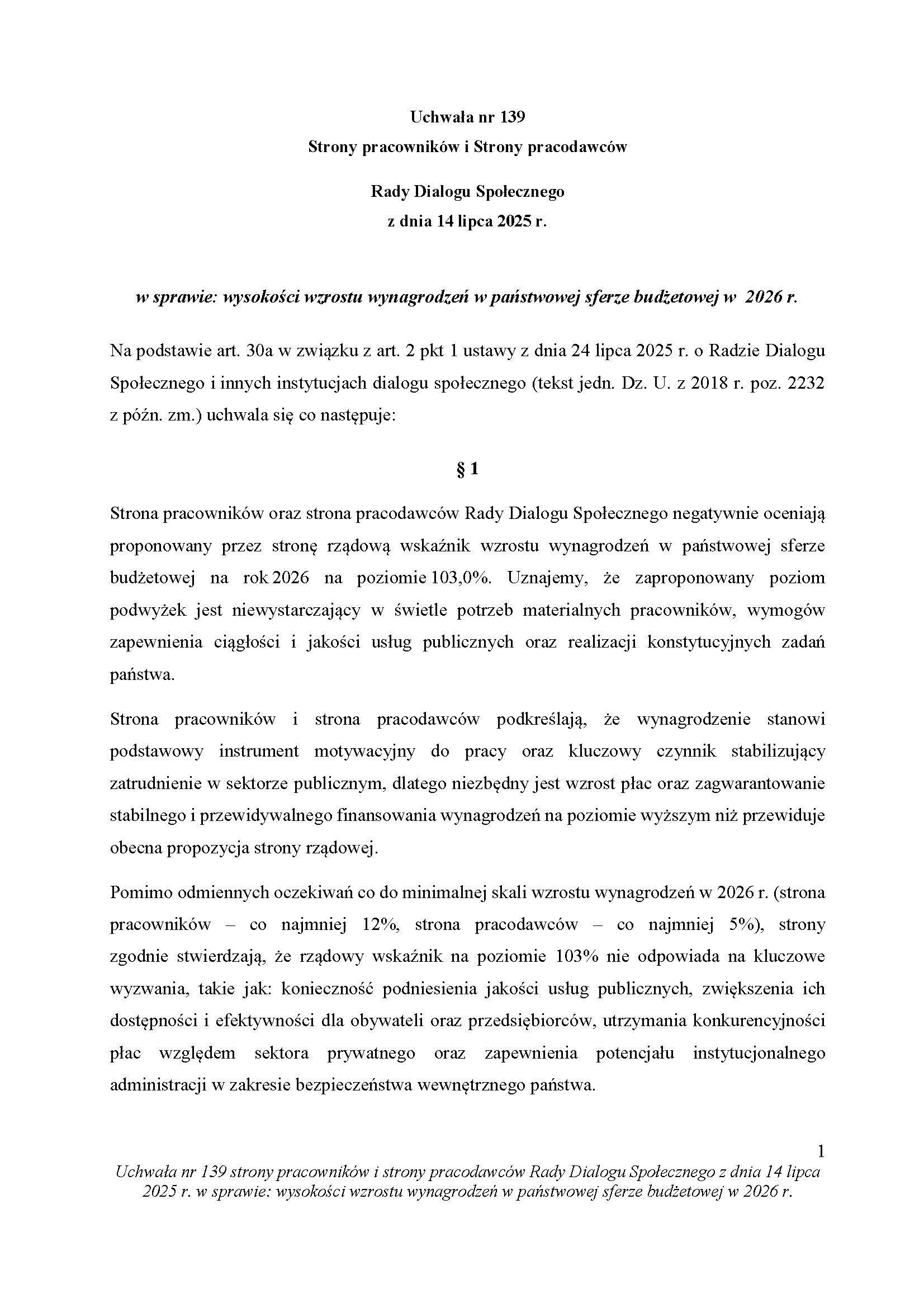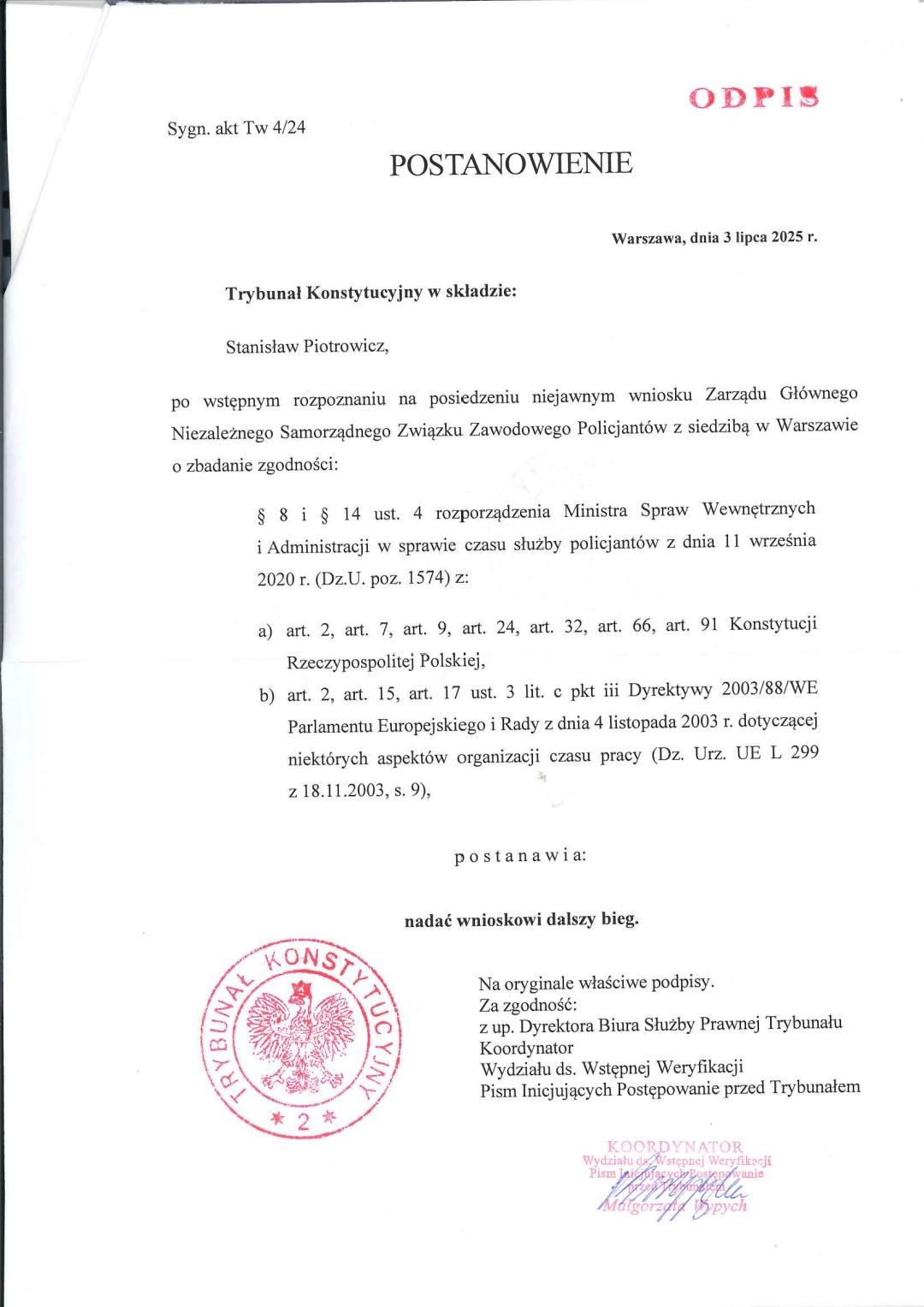
Guiding Powell To The Exit
By Philip Marey, Senior US Strategist at Rabobank
Treasury Secretary Scott Bessent was busy giving Powell forward guidance about his retirement yesterday. On Fox Business, he said that he thinks that it should be up to Jerome Powell whether he serves his term as Fed Chair through May 2026. He said: “There’s nothing that tells me that he should step down right now … His term ends in May. If he wants to see that through, I think he should. If he wants to leave early, I think he should.” However, on Bloomberg Television, Bessent added that he thinks that Powell should not stay on the Board after his Chair term ends in May 2026. He said: “Traditionally, the Fed chair also steps down as a governor … There’s been a lot of talk of a shadow Fed chair causing confusion in advance of his or her nomination. And I can tell you, I think it’d be very confusing for the market for a former Fed chair to stay on also.” Note that Powell’s term on the Board lasts until the end of January 2028 and so far he has avoided giving an answer to the question whether he intends to remain on the Board after his term as Chair ends. Ironically, Bessent actually started this talk about a shadow chair in October last year, as an alternative plan to firing Powell. So now he uses it to argue for Powell’s resignation from the Board once his term as Chair expires.
With Adriana Kugler’s term as a Governor expiring at the end of January 2026, that would leave two slots on the Board to be filled by President Trump. As we argued in As the Fed turns, that could give Trump-loyalists a majority in the Board of Governors, after Waller and Bowman have turned recently. This is why we now expect the FOMC to step up the pace of rate cuts in 2026, after almost coming to a standstill this year: we expect only one rate cut this year, most likely in September. Regarding Powell’s successor, Bessent said that “There’s a formal process that’s already starting” and “There are a lot of good candidates inside and outside the Federal Reserve.” Asked whether Trump has asked Bessent himself to serve as Fed chair, he said, “I am part of the decision-making process.”
Meanwhile, at an event with the president of the Philippines, after reaching a trade deal that includes a 19% US tariff on imports from the South East Asian country, President Trump accused Powell of being “political” for not cutting rates this year and ignoring his demands to reduce the policy rate by around three percentage points. He said: “Our economy is so strong now, we’re blowing through everything, we’re setting records … People aren’t able to buy a house because this guy is a numbskull, he keeps the rates too high, and probably is doing it for political reasons.” Trump claimed that Mr. Powell had cut rates “just before the election to try to help Kamala, or whoever he was trying to help, he probably didn’t know.” Asked on Tuesday if the Fed chair should resign, Trump said he thought Powell had done a “bad job, but he’s going to be out pretty soon anyway.”
Ironically, in an interview on CNBC, Governor Bowman was paying lip service to Fed independence. She said that “It’s very important that we maintain our independence with respect to monetary policy, I think that’s very clear. But with that independence comes an obligation for transparency and accountability.” Perhaps she could give us some transparency and accountability about her remarkable conversion from überhawk in September last year, when she voted against a 50 bps rate cut because of inflation concerns, to ultra-dove now, pursuing an early rate cut in July. Does last month’s promotion to Vice Chair for Supervision by President Trump have anything to do with it?
Meanwhile in Europe, the ECB’s Bank Lending Survey indicated that the passthrough of monetary easing continues, albeit at different rates to firms’ and households’ behaviours. Our ECB watcher Bas van Geffen noted that firms’ loan demand improved somewhat, but remains weak. Uncertainty about the economic (trade) outlook remains the main cause cited. By contrast, demand for housing loans continued to increase strongly. Households’ loan demand is partially boosted by consumer confidence, but mostly by the decline in borrowing costs. The muted demand from firm’s is not entirely a story of weakness. Yes, the actual loan demand from companies was a bit lower in the previous quarter than banks had expected, but this partly seems to be driven by an increase in alternative financing – including more debt issuance. With that in mind, it’s not surprising that loan demand from larger companies lagged borrowing by smaller & medium-sized firms. That said, the Bank Lending Survey does support the conclusions from Monday’s Survey on Access to Finance of Enterprises: both indicate that fixed investment has been muted in the recent months, but companies remain optimistic about future investment. Turning to banks’ willingness to lend, Bas noted that there was a marginal tightening of credit standards for firms – despite monetary easing. This largely has to do with the uncertain economic outlook; funding costs and (fewer) balance sheet constraints helped to ease standards. This was also reflected in the actual terms and conditions for corporate loans: these eased further. Overall, non-interest charges and margins on loans declined substantially, but the margins on riskier loans did increase somewhat.
In trade negotiations, the US and Japan reached a deal that would include a 15% reciprocal tariff rate imposed by the US on Japanese imports, which is lower than the 25% in Trump’s recent letter to Japan. Japan will also invest $550 billion in the US. Japan will also open to trade, including cars and trucks, rice and other agricultural products. Our energy strategist Florence Schmit notes that one of the beneficiaries of the US-Japan trade deal could be the $44bn Alaska LNG project which has been proposed in various forms for decades but made a comeback this year as the US tries to unleash even tighter energy dominance. Japan is the world’s second largest LNG buyer and has taken a hit from some Russian LNG sanctions already. Next week’s China-US negotiations might also discuss China’s demand for Iranian and Russian oil according to Bloomberg. Overall a muted reaction on energy so far today, crude still pretty rangebound in the high 60s and TTF is back above €33/MWh after the short drop to 32 yesterday.
Tyler Durden
Wed, 07/23/2025 – 12:05

















